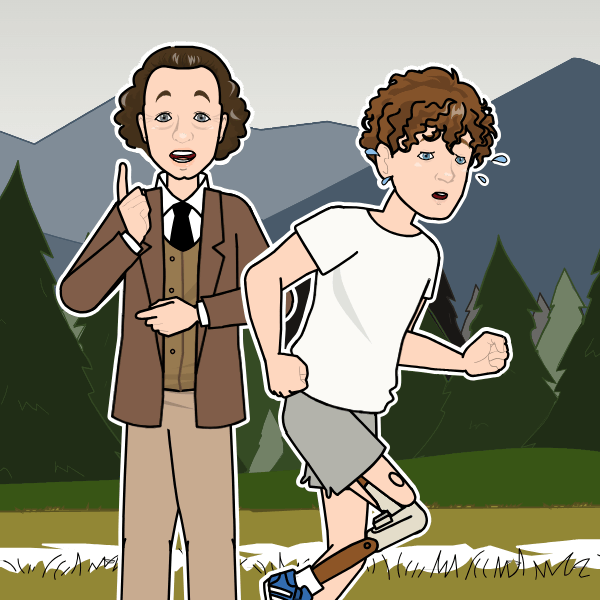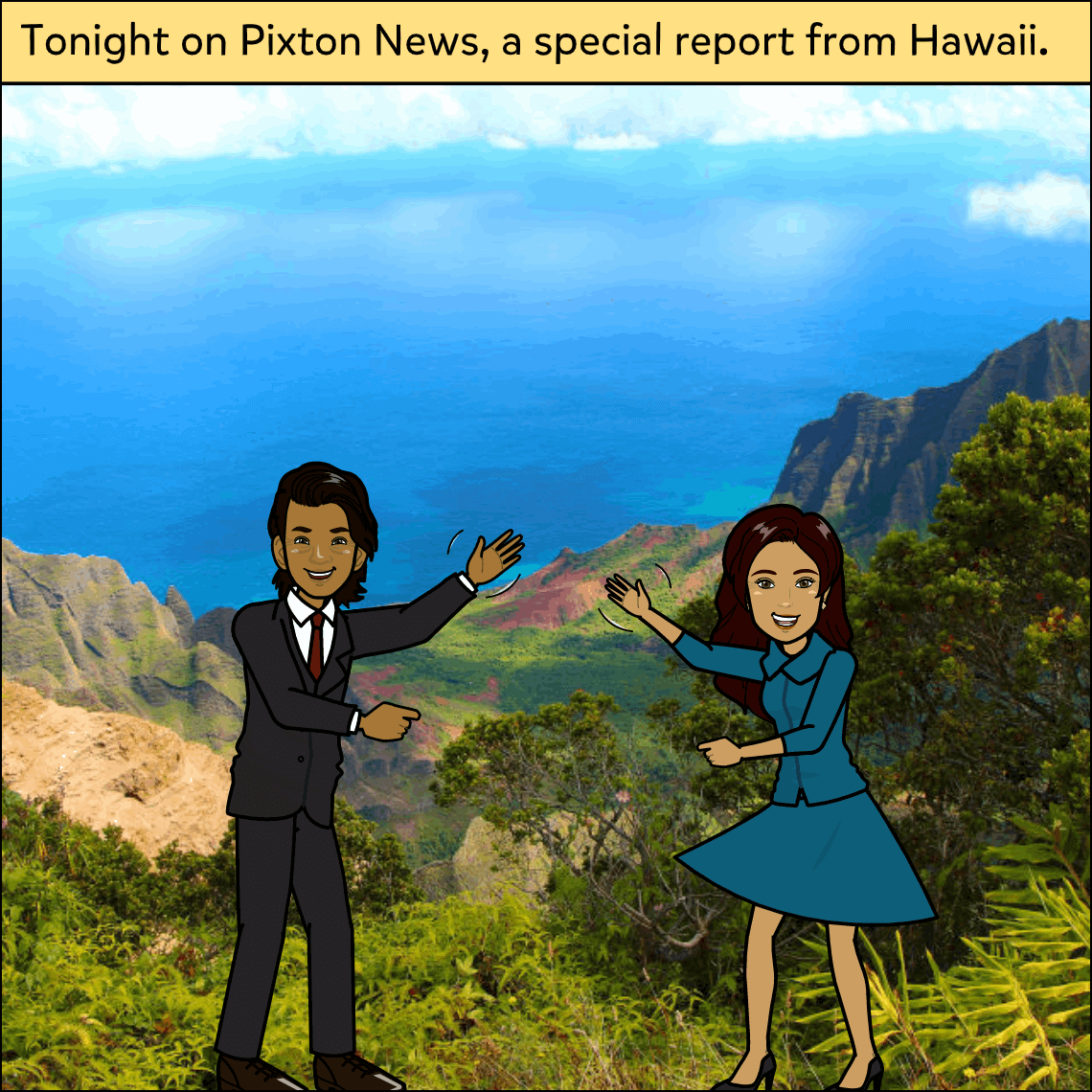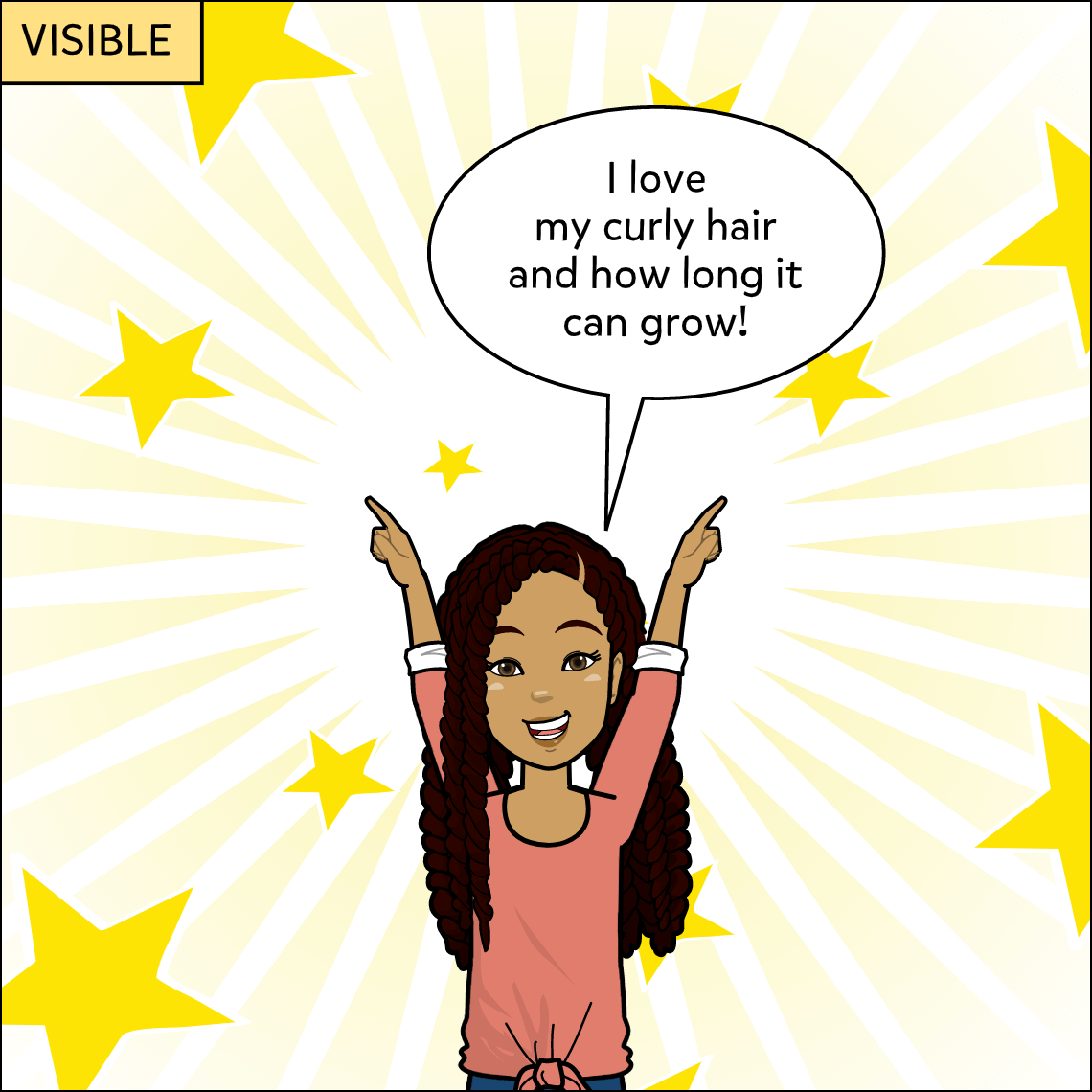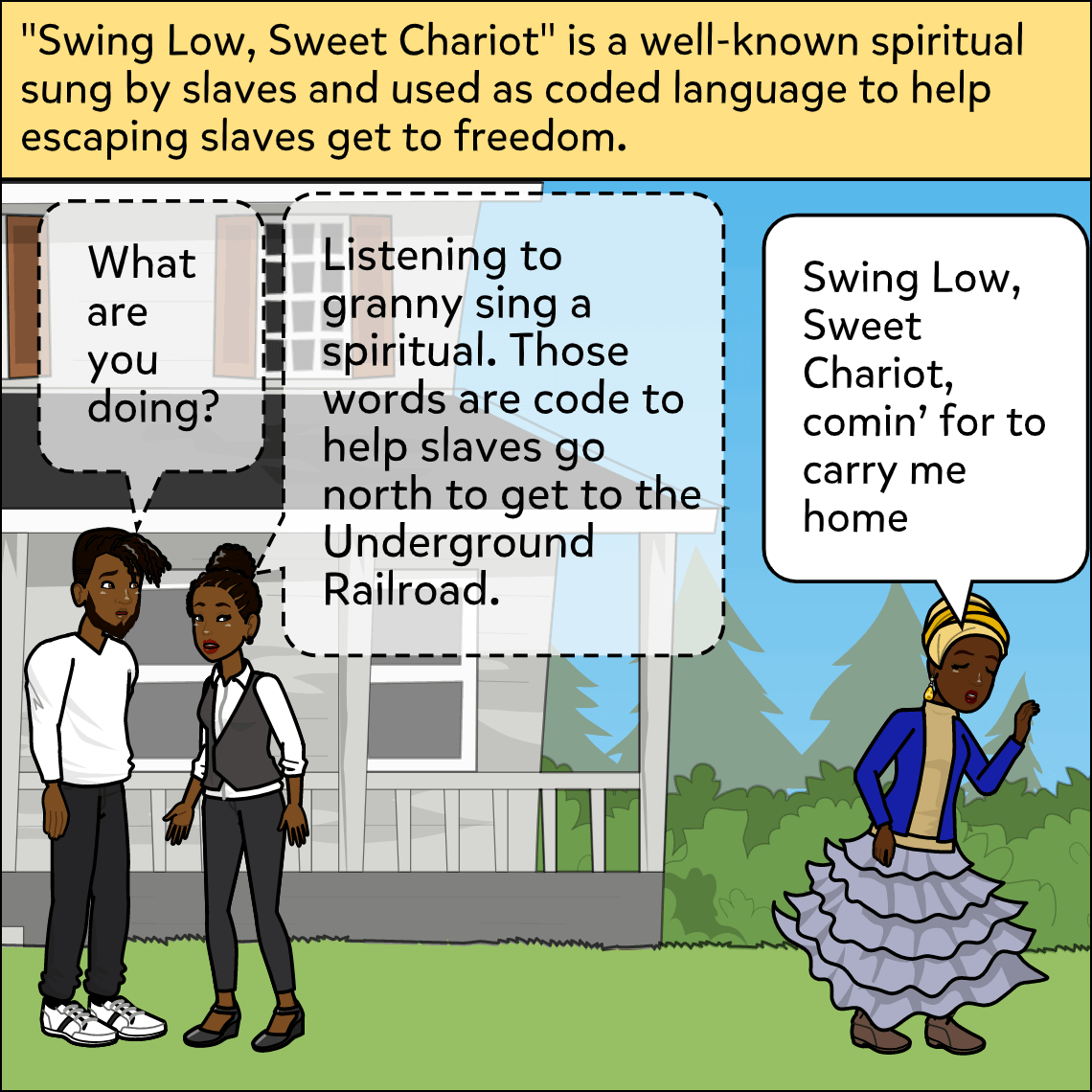Subject: SEL (Social-Emotional Learning)
Lesson Length: 45 mins - 1 hour
Topic: Culture, Identity
Brief Description: Students will share aspects of their own cultures.
Know Before You Start: Students should be familiar with different aspects of their own culture.
Hook:
- Ask students:
- “What is cultural awareness?”
- “Why is it important to celebrate our own cultures?”
- “How can we celebrate the diversity and uniqueness in this classroom?”
- “Which aspects of our culture are visible to others and which are internal?”
Activity:
- Begin by explaining that there are aspects of culture that are external, parts of you that you can see and show to others such as the food you eat, the language you speak, the way you dress, and the type of music you listen to. There are also aspects of culture which are internal such as your spiritual beliefs, religion, beauty ideals, and biases.
- Have students talk in small groups or pairs to discuss the ways they and their families’ identities and experiences intersect or differ.
- Have students create a comic that shares an aspect from their own culture.
Closure:
- Have students share their favorite cultural tradition in small groups.
- Have students reflect on the differences between a peer's culture and their own.
- Have students hang their comics on a bulletin board to create one class image that celebrates their diversity and uniqueness.
- Have students discuss the importance of sharing about their own cultural identity.
- Explain how the more you share about your cultural identities with your peers, the better you can understand one another and collaborate. Understanding someone’s culture, not only the external factors but also the internal beliefs, helps you build relationships and establish trust with them.
Differentiation:
- Allow students to use the speech-to-text feature.
- Allow students to work in pairs or groups as needed.
- Allow students to use the voiceover to read their comics aloud.
- Provide a list of cultural topics for students to refer to during their discussions.
Resources:
- Comic to print or display: Comic.
- Videos:
- German High School Culture Shock by Caroline Ruby
- International Culture by Pocket Passport
- Cultural Iceberg by Vandenbergdev
- Books:
- We Are Not From Here by Jenny Torres Sanchez
- The House on Mango Street by Sandra Cisneros
Suggested Content:
Suggested Story Starters:
 Home
Home
 Restaurant
Restaurant
 Islam
Islam
 LGBTQIA+
LGBTQIA+
 Thanksgiving
Thanksgiving
 Canada
Canada


